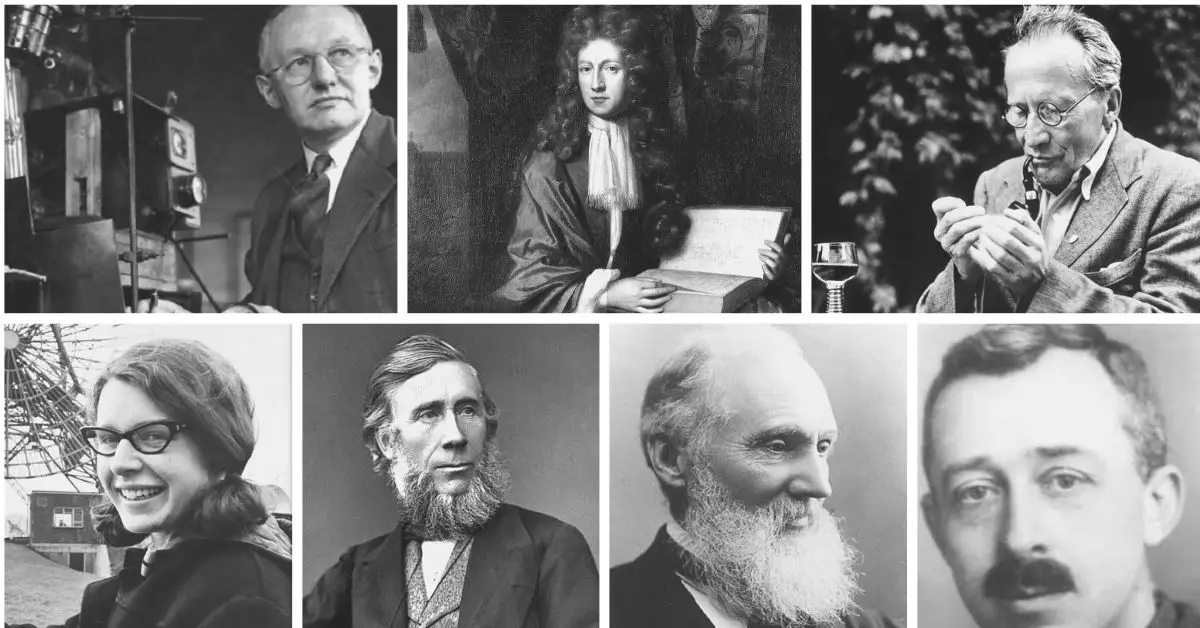To celebrate scientists and scientific advancements, we have collected a list of the most famous Irish scientists that will inspire us for the greater good.
Ireland has a rich history of producing some of the world’s best scientists. Here is an overview of the most famous Irish scientists.
From the pioneering work of physicist John Tyndall to the astounding discoveries of Robert Boyle, Ireland has had no shortage of brilliant minds over the years.
While some of these scientists are well-known, others are not so much. But they’ve all contributed to their fields in important ways. Today we’ll explore some of Ireland’s most famous scientists and their accomplishments.
For credibility, we’ve only included scientists who are either from Ireland or who have spent a significant portion of their life in Ireland.
Table of Contents
Famous Irish Scientists
#15. George Johnstone Stoney (1826-1911): The Man Who Introduced the Electron Concept to Physics

What makes George Johnstone Stoney famous?
George Johnstone Stoney was a physicist born in County Offaly, Ireland, on February 15th, 1826. He is best known for his work in physics. George J. Stoney was the Queen’s Gallaway College’s first science professor.
The electron concept is his most notable contribution to physics, as it was introduced to the field by Stoney. This discovery helped advance the field of physics by proving that atoms are made up of smaller units called electrons.
He is also notable for developing the Stoney scale to measure energy levels in terms of mass and velocity. However, Physicists settled on the Planck Scale as their standard measurement tool due to its simplicity and ability to describe particle behavior accurately.
[Source: Encyclopedia Britannica]
#14. Ellen Hutchins (1785-1815): A Pioneering Irish Botanist
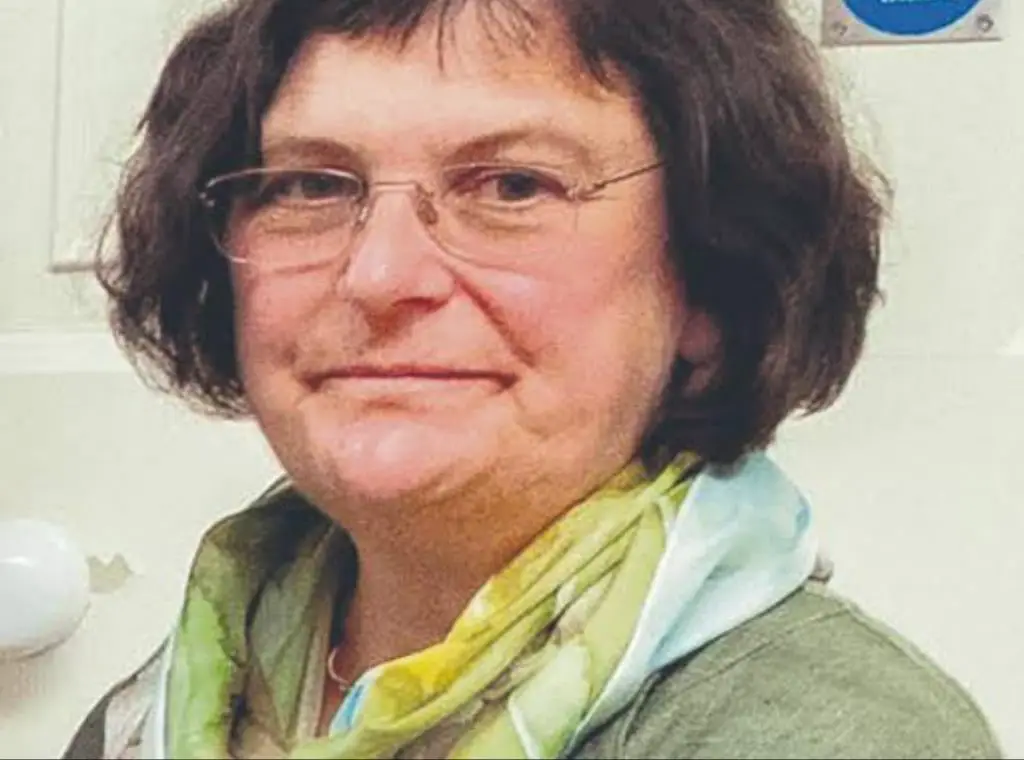
What makes Ellen Hutchins famous?
Ellen Hutchins was a remarkable Irish botanist who dedicated her life to studying mosses, liverworts, lichens, and seaweeds. Her work on these often-overlooked plants helped to create a new understanding of their importance in the ecosystem.
Hutchins discovered several new plant species during her time studying natural history, including some previously unknown to science.
One of Ellen Hutchins’ most notable accomplishments was the creation of plant drawings that were accurate enough to be used as reference material today. Her drawings have been described as “remarkable” and “beautiful.” Hutchins’s work helped to expand our understanding of the natural world and how it works.
[Source: Wikipedia]
#13. John Desmond Bernal (1901-1971): A Pioneer in Molecular Biology

What makes John Desmond Bernal famous?
John Desmond Bernal was a revolutionary physicist and activist. He was born in County Tipperary, Ireland, on May 10th, 1901.
Bernal is known for laying the groundwork for X-ray crystallography. This is a technique scientists use to determine the structure of molecules.
In addition to being a scientist, Bernal was also a historian of science. He was an outspoken communist party activist who advocated for social justice issues such as civil and workers’ rights.
[Source: Encyclopedia Britannica]
Similar Articles:
- 30+ Famous Life Scientists That You Should Know
- 16 Famous Korean Scientists That You Should Know
- 16 Famous Shark Scientists That You Should Know
#12. Nicholas Callan (1799-1864): The Father of Induction Coil
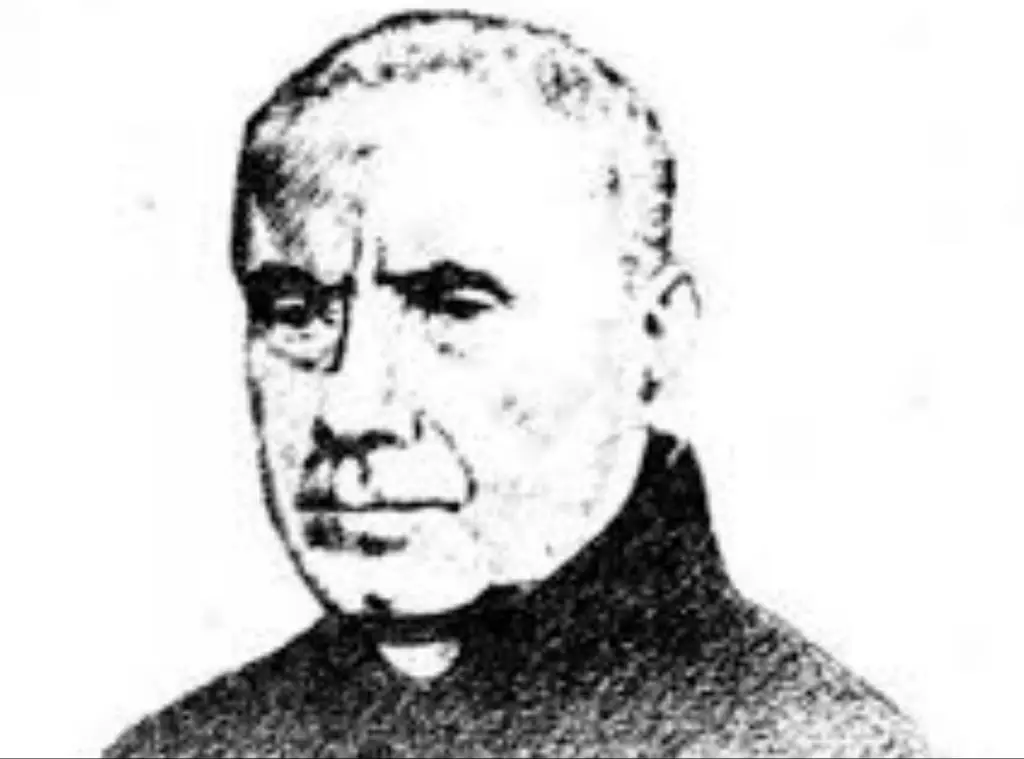
What makes Nicholas Callan famous?
Nicholas Callan was a scientist and priest who was born in County Louth. He is notable for his invention of the induction coil, which was used to generate electricity.
The induction coil is an electrical component that allows current to flow through it when it’s exposed to electromagnetic fields. It consists of a primary winding and a secondary winding, which are connected by an iron core.
When you pass an electric current through the primary winding, it creates electromagnetic fields around itself. This induces electric currents in the secondary winding as well.
This device is used in many things, from generating electricity for radio transmissions to powering electric motors and electromagnets.
[Source: Wikipedia]
#11. Kathleen Lonsdale (1903-1971): One of The Most Famous Crystallographers in The World

What makes Kathleen Lonsdale famous?
When it comes to crystallography, Kathleen Lonsdale was a rockstar. She worked in the field in the 19th century, and her work has been instrumental in the study of hydrocarbons.
Her breakthrough came when she explained the structure of hydrocarbons—Melitene. She did so using Fourier spectral methods and provided evidence that benzene had a flat ring.
Kathleen Lonsdale also used these methods to study hexachlorobenzene’s structure, which was the first time anyone had done so.
[Source: Royal Society of Chemistry]
#10. John Joly (1857-1933): One of The Pioneers in Radiotherapy
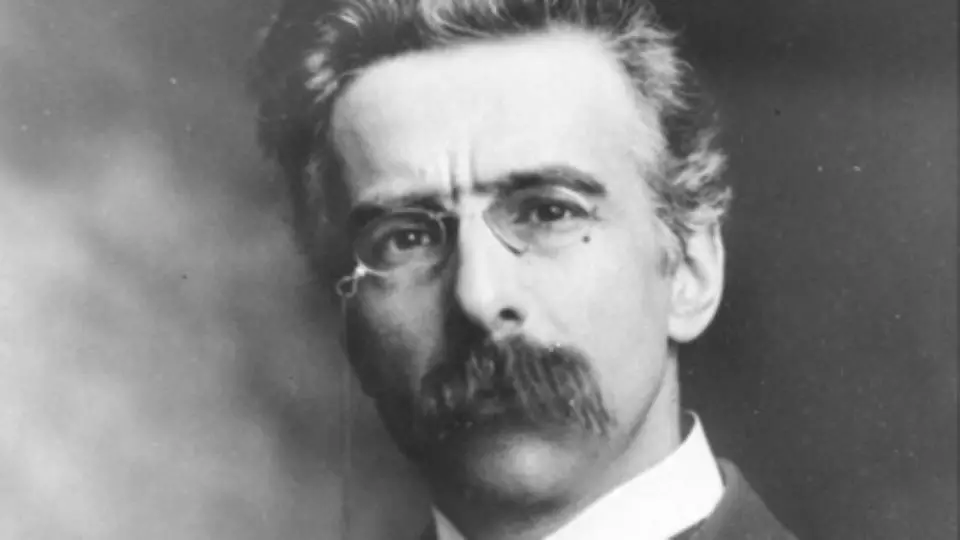
What makes John Joly famous?
John Joly was a physicist and geologist who lived in Ireland. He was born in County Offaly. His most notable work was developing radiotherapy for treating cancer.
In geology, his work on Uranium-thorium dating is widely recognized. It allowed scientists to determine how certain old rocks were without cutting them open or drilling into them. This is still relevant in geology as scientists can use this information to understand how long ago something happened.
Joly also contributed to the cohesion-tension theory. It describes how plants take up water through their roots.
[Source: Encyclopedia Britannica]
Similar Articles:
- 14 Famous Vietnamese Scientists That You Should Know
- 15 Famous Filipino Scientists That You Should Know
- 15 Famous Sleep Scientists That You Should Know
#9. Francis Rynd (1801-1861): One of The Fathers of Hypodermic Syringe
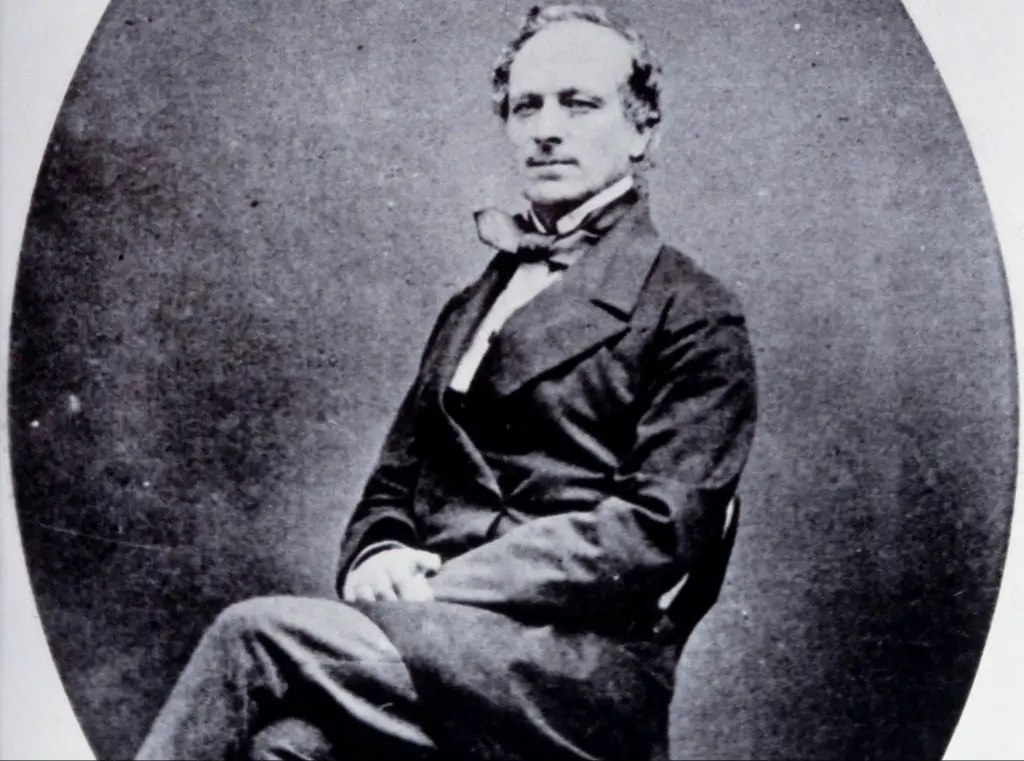
What makes Francis Rynd famous?
Francis Rynd was a physician who was born in Dublin, Ireland. He is notable for his revolutionary contributions to the field of medicine.
Rynd is most well-known for inventing the hollow needle medical scientists use in hypodermic syringes. This path-breaking innovation revolutionized medicine.
It allowed physicians to administer drugs directly into a patient’s bloodstream without waiting for them to enter through oral ingestion or injection. This advancement led to many new treatments for diseases.
[Source: Life in the Fastlane]
#8. Frank Pantridge (1916-2004): The Portable Defibrillator Inventor
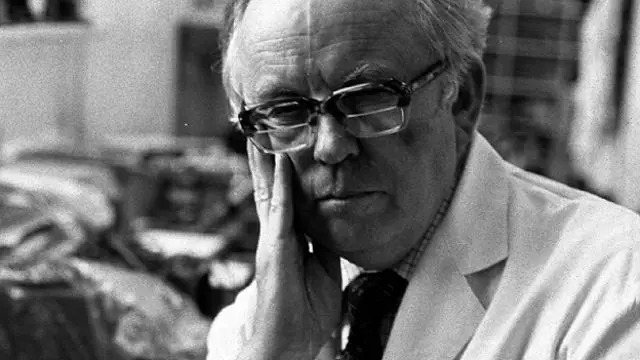
What makes Frank Pantridge famous?
Frank Pantridge was a physician and cardiologist born in County Down, Ireland, on October 3, 1916. He revolutionized emergency medicine by inventing the portable defibrillator.
A portable defibrillator is a machine that aims to restart the heart in cardiac arrest patients by delivering an electric shock to their chest. The machine allows medical professionals to treat patients in the field rather than transporting them to an ambulance or hospital.
This invention has saved countless lives. Partridge’s work has been recognized with many honors, including (CBE) Commander of the Order of the British Empire.
[Source: National Library of Medicine]
#7. Kenneth Edgeworth (1880-1972): One of Two Men Who Proposed The Existence of the Kuiper Belt
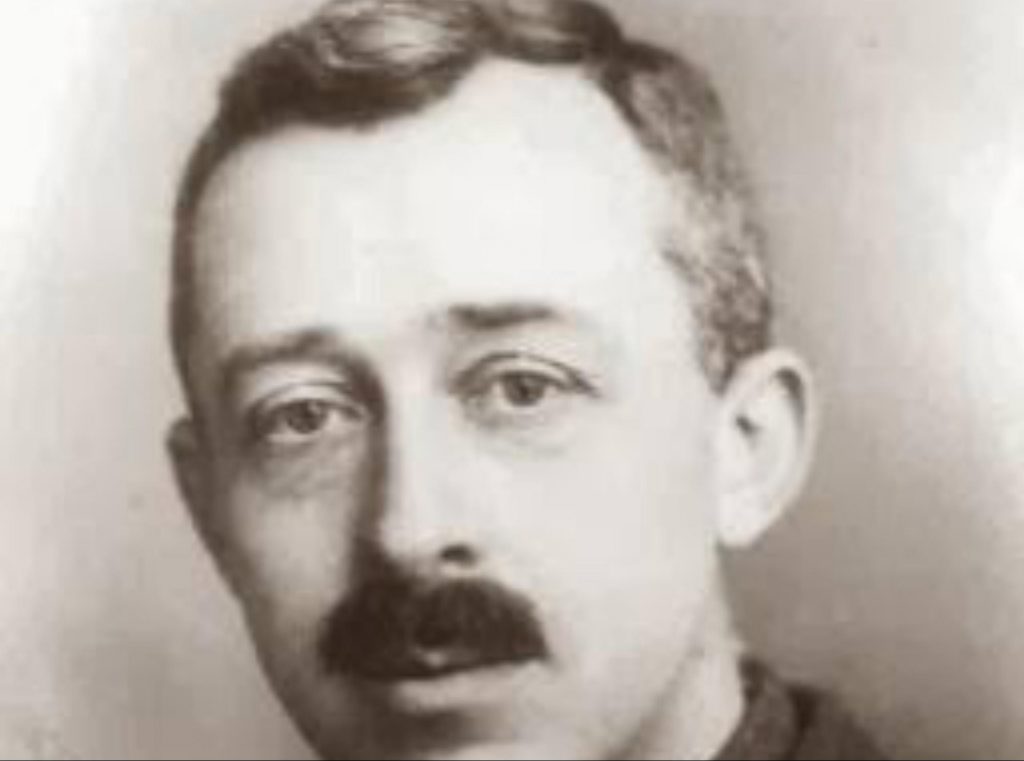
What makes Kenneth Edgeworth famous?
Like Sir William Rowan Hamilton, Kenneth Edgeworth was an Irish astronomer and engineer. He was born in County Westmeath.
Edgeworth is known for proposing the existence of what would later be known as the Edgeworth-Kuiper belt. This is a ring of icy objects orbiting our solar system beyond Neptune. Astronomers classify Makemake, Eris, and Pluto as part of this belt.
[Source: Encyclopedia Britannica]
Similar Articles:
- 16 Famous Muslim Scientists That You Should Know
- 20+ Famous Buddhist Scientists That You Should Know
#6. Lord Kelvin (1824-1907): The Scientist Who Believed in The Biblical Account of Creation

What makes Lord Kelvin famous?
Sir William Thompson, also known as Lord Kelvin, was a mathematical physicist known for his numerous scientific contributions. He was born on June 26, 1824, in Belfast, Ireland.
Lord Kelvin was the first scientist to determine the correct value of absolute zero as -459.67 degrees Fahrenheit (or -273°C). Queen Victoria knighted him in 1866 due to his contribution to the transatlantic telegraph project.
Lord Kelvin pioneered mathematical physics and atmospheric electricity, among others. But his interest in geology classifies him as a creationist. He proposed that evolution came about by divine guidance. Sir William Thompson’s theistic evolution conflicted with Charles Darwin’s scientific theory of natural selection.
What’s the best Lord Kelvin quote?
“If you can not measure it, you can not improve it.”
[Source: Encyclopedia Britannica]
#5. John Tyndall (1820-1893): The Man Who Proved that Atmospheric Carbon dioxide is Responsible for Global Warming
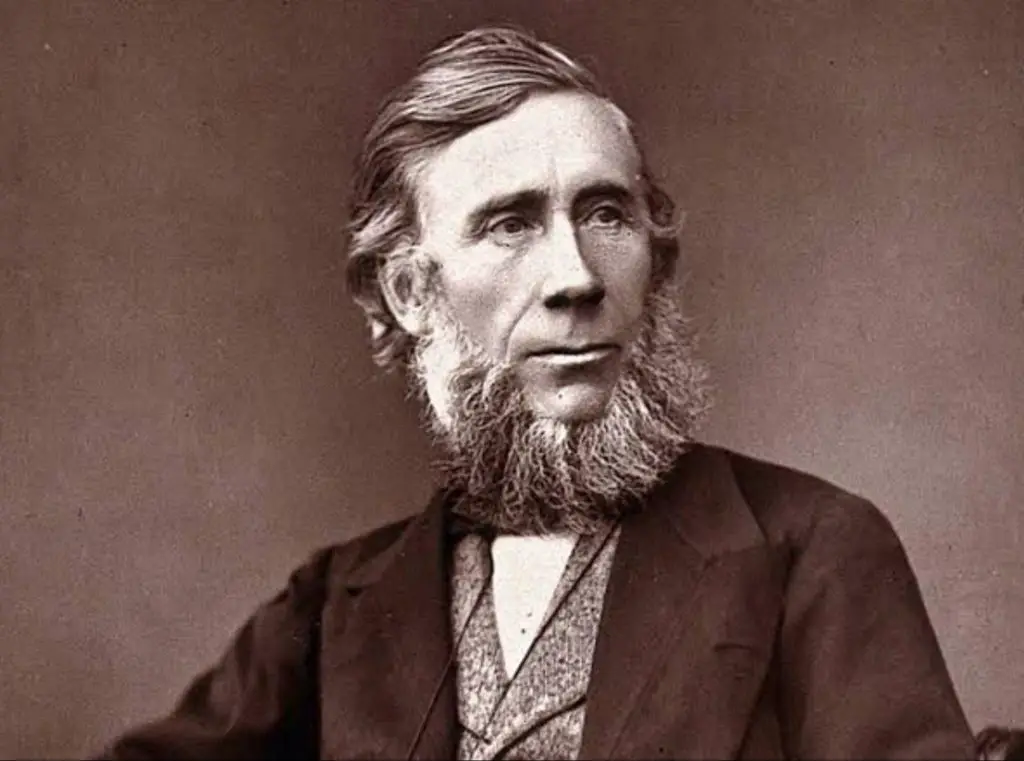
What makes John Tyndall famous?
John Tyndall was a physicist born in County Carlow, Ireland. His research focused on the relationship between the greenhouse effect and atmospheric carbon dioxide.
Tyndall’s most notable contribution to science is that he proved that carbon dioxide is a major contributor to global warming. He conducted several experiments with water vapor and carbon dioxide inside glass spheres at different temperatures.
Tyndall also researched diamagnetism, which is when something has an oppositely charged charge compared to its surroundings.
For example, iron filings are attracted to magnets because they have magnetic charges (they’re paramagnetic). But if you put them into a magnetic field from another magnet, they’ll move away from that magnet because it’s stronger than their own magnetic charge.
What’s the best John Tyndall quote?
“We cannot, without prejudice to humanity, separate the present from the past.”
[Source: Encyclopedia Britannica]
#4. Jocelyn Bell Burnell (1943-Present): The Lady Who Discovered Neutron Stars
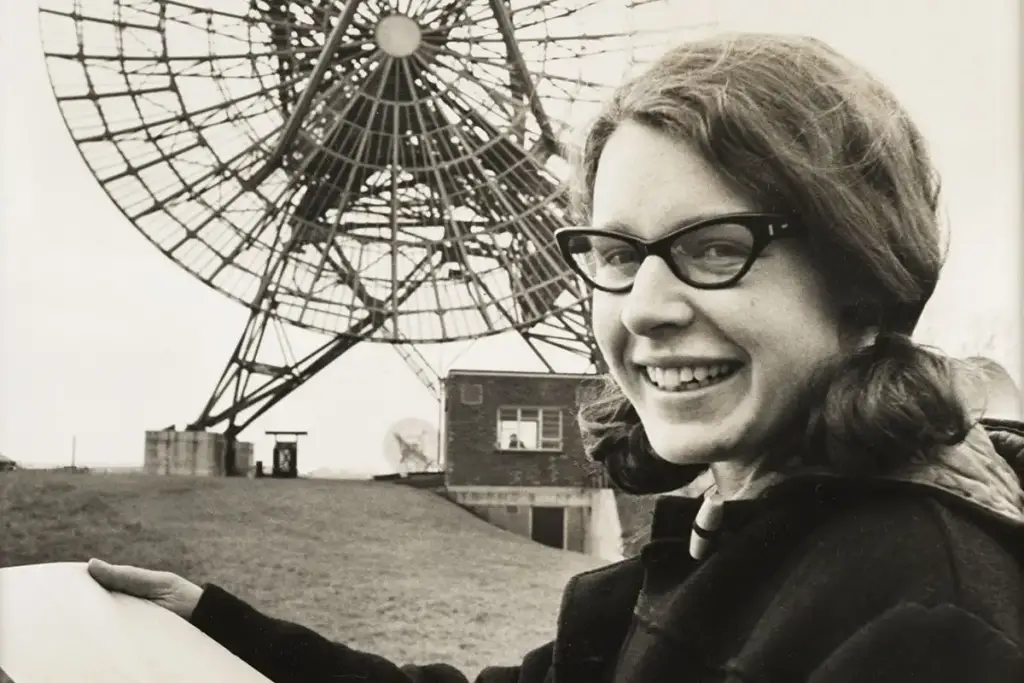
What makes Jocelyn Bell Burnell famous?
Jocelyn Bell Burnell is an Irish astrophysicist born in 1943 in Lurgan. She studied at the University of Glasgow, earning a degree in Natural Philosophy in 1965. Then, Cornell went on to study at Cambridge, earning her Ph.D.
It turns out that during her postgraduate studies, Jocelyn Bell Burnell focused on studying pulsars—fast-spinning stars that emit radiation at regular intervals. She noticed a signal coming from one particular pulsar that didn’t fit with the rest of them, so she investigated it.
Under the supervision of Antony Hewish, she found that this pulsar wasn’t from a star like any other they’d seen before—it was coming from a neutron star.
And when they laid out their findings for publication, the Nobel Committee couldn’t figure out who deserved credit for the discovery. Hewish would eventually receive the Nobel Prize.
Jocelyn Burnell’s incredible career was featured in the BBC’s Beautiful Minds series.
What’s the best Jocelyn Bell Burnell quote?
“There is stardust in your veins. We are literally, ultimately children of the stars.”
[Source: Encyclopedia Britannica]
Similar Articles:
- 20+ Famous Hispanic Scientists That You Should Know
- 20+ Famous Black Scientists That You Should Know
- 20+ Famous Female Scientists That You Should Know
#3. Erwin Schrödinger (1887-1961): The Father of Quantum Theory
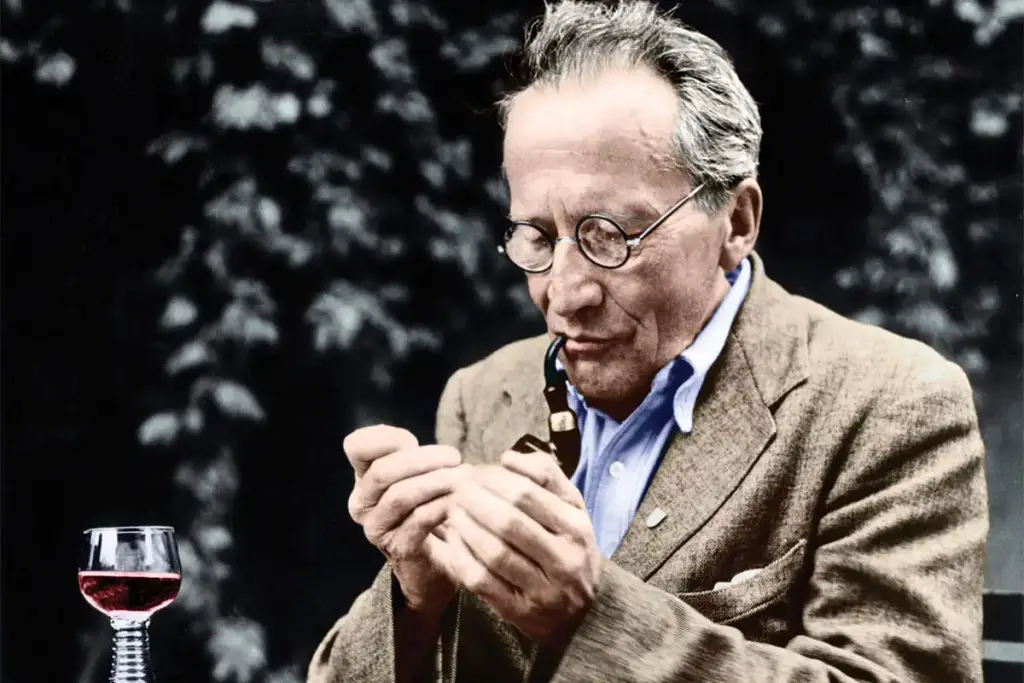
What makes Erwin Schrödinger famous?
If you’ve ever been in a physics class, you might know Erwin Schrödinger—the Austrian physicist who won the Nobel Prize for his contributions to quantum theory.
Erwin Schrödinger was born in Vienna but later became Irish after his exile from Nazi-occupied Austria. He was proficient in both theoretical and experimental physics.
Erwin Schrödinger won the Nobel Prize in Physics for his contributions to quantum theory, which led to a better understanding of the Schrödinger equation.
He developed the Schrödinger equation, which explains how systems change over time. Scientists use this equation to study physics and chemistry.
Schrödinger also created a famous thought experiment called “Schrodinger’s Cat” to explain concepts related to quantum mechanics.
This experiment involves placing a cat in a box with a vial of poison and a radioactive substance. Whenever someone opens the box, they will have no way to know if the cat is alive or dead until they look inside.
What’s the best Erwin Schrodinger quote?
“The task is not to see what has never been seen before, but to think what has never been thought before about what you see everyday.”
[Source: The Nobel Prize ]
#2. Robert Boyle (1627-1691): The Father of Modern Chemistry
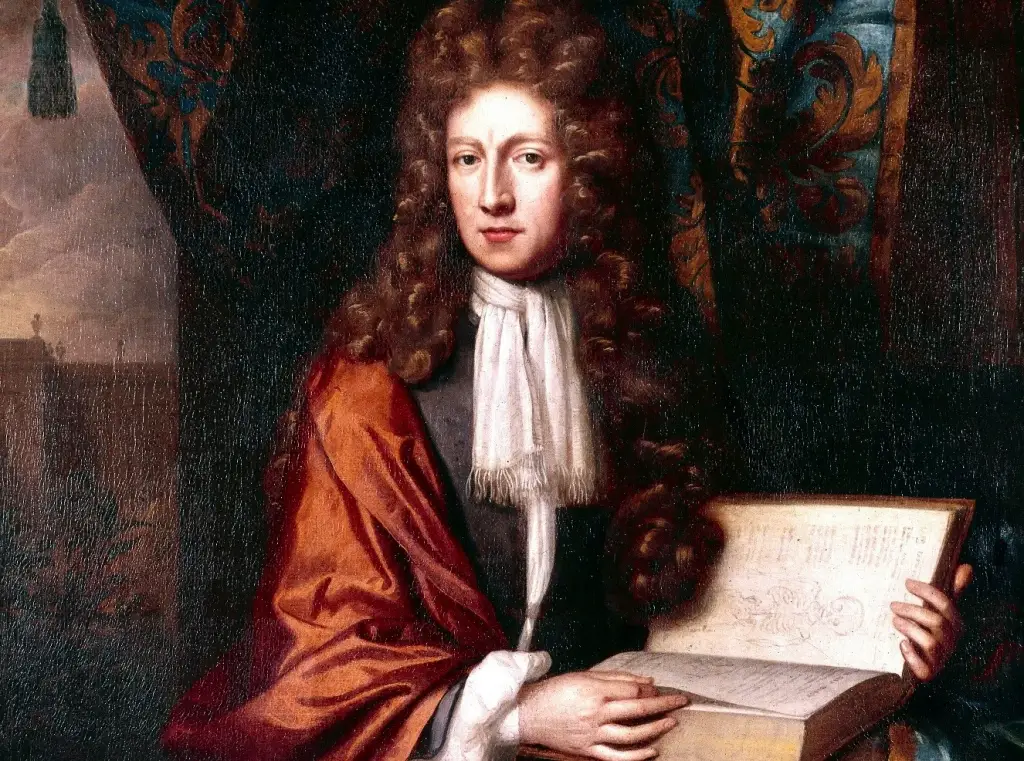
What makes Robert Boyle famous?
Robert Boyle was a chemist, physicist, and natural philosopher. He was born in Waterford, Ireland, in 1627 and died in London in 1691.
Boyle is best known as the pioneer of the scientific method. He developed his concepts based on his observations of how things happen in nature.
This Irish scientist also established Boyle’s Law. This is the idea that at a constant temperature, a gas’s pressure will vary inversely with its volume.
Boyle’s famous book, “The Sceptical Chymist,” is still popular today. It examines alchemy and chemistry through a lens of skepticism and reason rather than mystery or superstition.
What’s the best Robert Boyle quote?
“God would not have made the universe as it is unless He intended us to understand it.”
[Source: Encyclopedia Britannica]
#1. Earnest Walton (1903-1995): The Nobel Prize Winner Who Pioneered Nuclear Transmutation
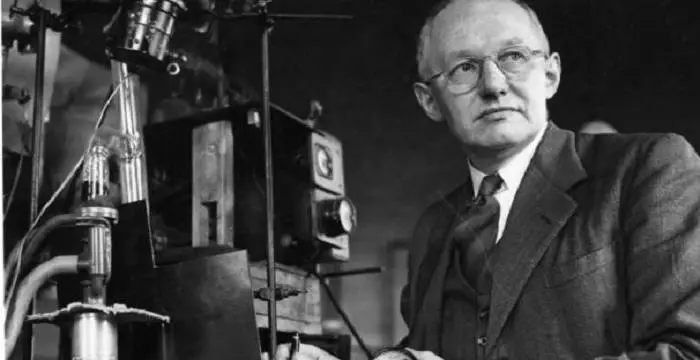
What makes Ernest Walton famous?
Ernest Walton was a physicist born in Waterford, Ireland, and one of the pioneers of nuclear transmutation.
He is also well known for his partnership with John Cockcroft to develop a particle accelerator, popularly known as the Cockcroft-Walton generator.
The two scientists used this device to conduct experiments in nuclear science, which led them to win the 1951 Nobel Prize in Physics along with Cockcroft. Walton remains the only Nobel Prize winner in the physics category to come from Ireland.
[Source: The Nobel Prize]
Final Thoughts
Now that you’ve learned about some of the most famous Irish scientists, it’s time to start planning your own future in science. While these scientists may have had some unusual experiences, they were all driven by a passion for learning and discovery. This is something we all share.
We hope this list will inspire you to keep going, no matter the challenges. If you have any questions or are looking for more information on a particular scientist, feel free to leave us a comment below. We would love to hear from you.
We’d also like to mention that there are plenty of other Irish scientists whose stories deserve telling. There’s no reason we can’t tell them together. If you have any ideas for future posts in this series, we’d love to hear them.

